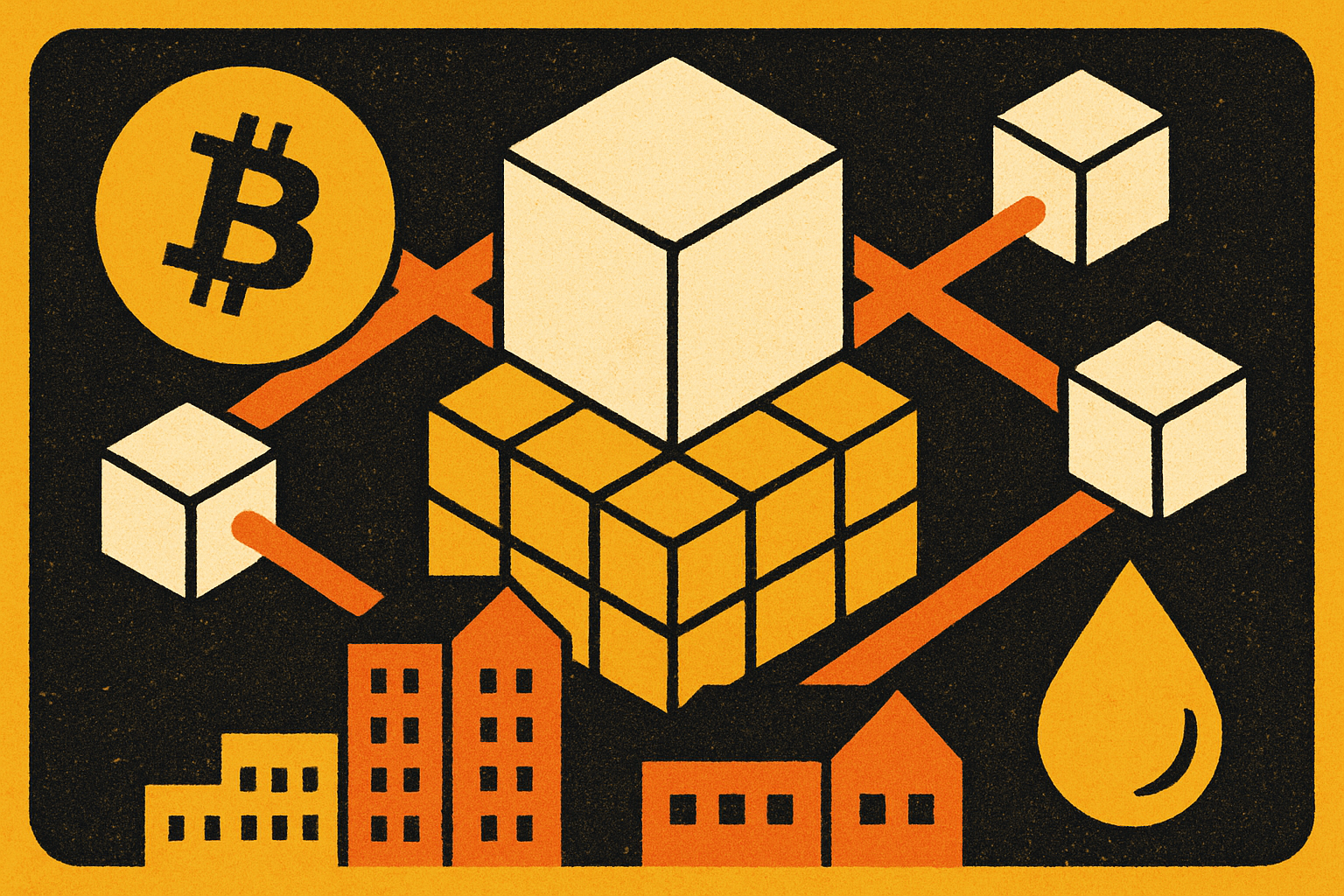
Ethereum stands at a pivotal crossroads in 2025. With its price at $4,475.63 and an ecosystem more vibrant than ever, the network is poised to leap into a new era of modular data availability and scalable base layer design. The integration of Danksharding and Verkle Trees is not just an incremental upgrade – it’s a fundamental reimagining of what Ethereum can be for developers, users, and the entire decentralized economy.
A Modular Revolution: Why Ethereum Needs Danksharding Now
The surge in Layer 2 rollups and DeFi activity has pushed Ethereum’s base layer to its limits. Congestion, high gas fees, and the ever-growing state size have long been pain points for both users and node operators. Enter Danksharding, an ambitious upgrade that introduces ‘data blobs’ to blocks. This innovation enables Layer 2s to post transaction data more efficiently, dramatically reducing costs while unlocking throughput that could exceed 100,000 transactions per second.
This is not just about speed. Danksharding transforms Ethereum into a truly modular blockchain – a unified settlement and data availability layer that can support the next wave of decentralized applications without bottlenecks or compromise.
The Power of Data Blobs: How Danksharding Scales Data Availability
Danksharding’s core breakthrough lies in its use of ephemeral ‘blobs’ – large chunks of off-chain data attached to each block but pruned from the chain after a set period. This allows rollups to prove their transactions are available for verification without burdening every node with permanent storage requirements.
Consider this: under Proto-Danksharding, roughly 2.5TB of historical data will be added annually; this balloons to 40TB per year after full sharding (see analysis on HackMD). Yet thanks to innovations like EIP-4844 and future upgrades, nodes can sample only small portions of these blobs using data availability sampling techniques rather than storing everything themselves (source). This radically decreases hardware barriers for participation while ensuring robust security guarantees.
The Verkle Tree Upgrade: Making Stateless Clients a Reality
If Danksharding is the engine powering scalability, then Verkle Trees are the fuel enabling true decentralization. By replacing Merkle Patricia Trees with Verkle Trees in Ethereum’s state management, proof sizes shrink from kilobytes to as little as 150 bytes. This means stateless clients – lightweight nodes that do not store the full state – can verify blocks efficiently with minimal bandwidth or disk space (source).
This shift is critical for network health. Smaller proofs mean more participants can run nodes on modest hardware anywhere in the world, reinforcing censorship resistance and democratizing access to consensus.
Ethereum (ETH) Price Prediction Table: Post-Danksharding Era (2026-2031)
Forecasting ETH price scenarios following the full implementation of Danksharding and Verkle Trees, based on current 2025 market data and emerging trends.
| Year | Minimum Price | Average Price | Maximum Price | Year-on-Year % Change (Avg) | Market Scenario Insights |
|---|---|---|---|---|---|
| 2026 | $4,200 | $5,100 | $6,400 | +14% | Danksharding fully operational; increased Layer 2 adoption drives moderate growth. Volatility persists as ecosystem adjusts. |
| 2027 | $4,600 | $5,850 | $7,800 | +14.7% | Verkle Trees adoption reduces node costs; further scaling attracts institutional DeFi projects. Regulatory clarity improves sentiment. |
| 2028 | $5,000 | $6,800 | $9,200 | +16.2% | Mainstream rollup and modular chain integration; ETH used as settlement layer. Competition from other L1s keeps upside in check. |
| 2029 | $5,500 | $7,700 | $11,500 | +13.2% | Global adoption of stateless Ethereum; NFT/gaming and enterprise use cases expand. Macro cycles introduce risk-off behavior. |
| 2030 | $6,100 | $8,600 | $13,800 | +11.7% | Ethereum cements L1 dominance; innovations in privacy and scalability. Market matures, growth steadies. |
| 2031 | $6,800 | $9,500 | $16,000 | +10.5% | ETH increasingly used as global settlement and DA layer. Regulatory frameworks and cross-chain interoperability boost confidence. |
Price Prediction Summary
Ethereum is poised for strong, sustainable growth in the post-Danksharding era. The integration of Danksharding and Verkle Trees will significantly improve scalability, efficiency, and network decentralization, supporting higher usage and institutional adoption. While competition and macroeconomic cycles may introduce volatility, Ethereum’s technical roadmap and expanding ecosystem are likely to drive progressive value accrual through 2031.
Key Factors Affecting Ethereum Price
- Successful and timely implementation of Danksharding and Verkle Trees
- Growth of Layer 2 rollups and modular blockchain adoption
- Regulatory clarity and global policy developments
- Institutional adoption and integration of DeFi, NFTs, and enterprise use cases
- Competition from new Layer 1 and Layer 2 solutions
- Macro market cycles, global liquidity, and investor sentiment
- Security, ecosystem upgrades, and community governance
Disclaimer: Cryptocurrency price predictions are speculative and based on current market analysis.
Actual prices may vary significantly due to market volatility, regulatory changes, and other factors.
Always do your own research before making investment decisions.
Pectra Lays the Groundwork for Modular Data Availability Layers
The recently implemented Pectra upgrade doubled Danksharding capacity and set the stage for Verkle Trees’ adoption (AInvest). As we move toward full deployment by 2026, these advances will allow Ethereum to serve as both a scalable settlement layer for billions of users and a robust data availability backbone for the modular blockchain ecosystem.
For developers and researchers, this transformation offers more than just technical elegance. It unlocks the possibility of building high-throughput applications, ranging from global-scale DeFi protocols to real-time NFT gaming experiences, without the trade-offs that previously limited Ethereum’s vision. The convergence of Danksharding and Verkle Trees is a clarion call: the modular blockchain era is not a distant dream, but an unfolding reality.
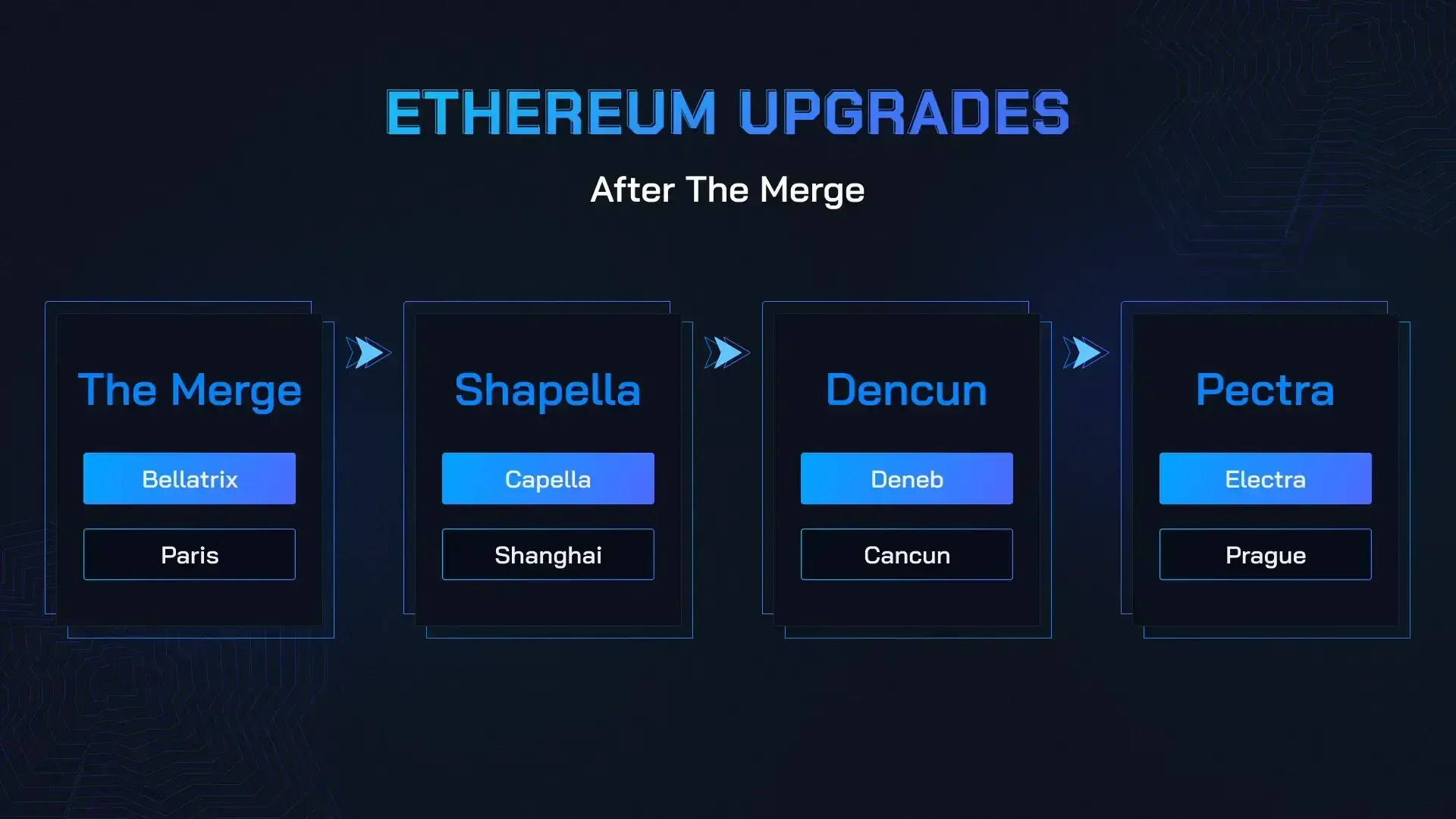
The Modular Stack: Rollups, DA Layers, and Ethereum’s Expanding Ecosystem
Ethereum’s new role as a scalable base layer will reverberate across the entire modular stack. Layer 2 rollups, now able to post transaction data at lower cost thanks to data blobs, can focus on execution, user experience, and specialized functionality. Meanwhile, Ethereum itself becomes the ultimate data availability layer, supporting not just its own rollups but potentially third-party chains seeking robust DA guarantees.
This architectural shift also invites healthy competition among data availability solutions. As outlined in recent research from a16z crypto and symbolic. capital, innovations like data availability sampling are setting new standards for security and efficiency (ethereum.org). Modular DA layers are poised to become as critical as consensus mechanisms themselves, a trend that will shape how value accrues to both Layer 1s and Layer 2s in the years ahead.
Key Benefits of Modular Data Availability for Ethereum
-
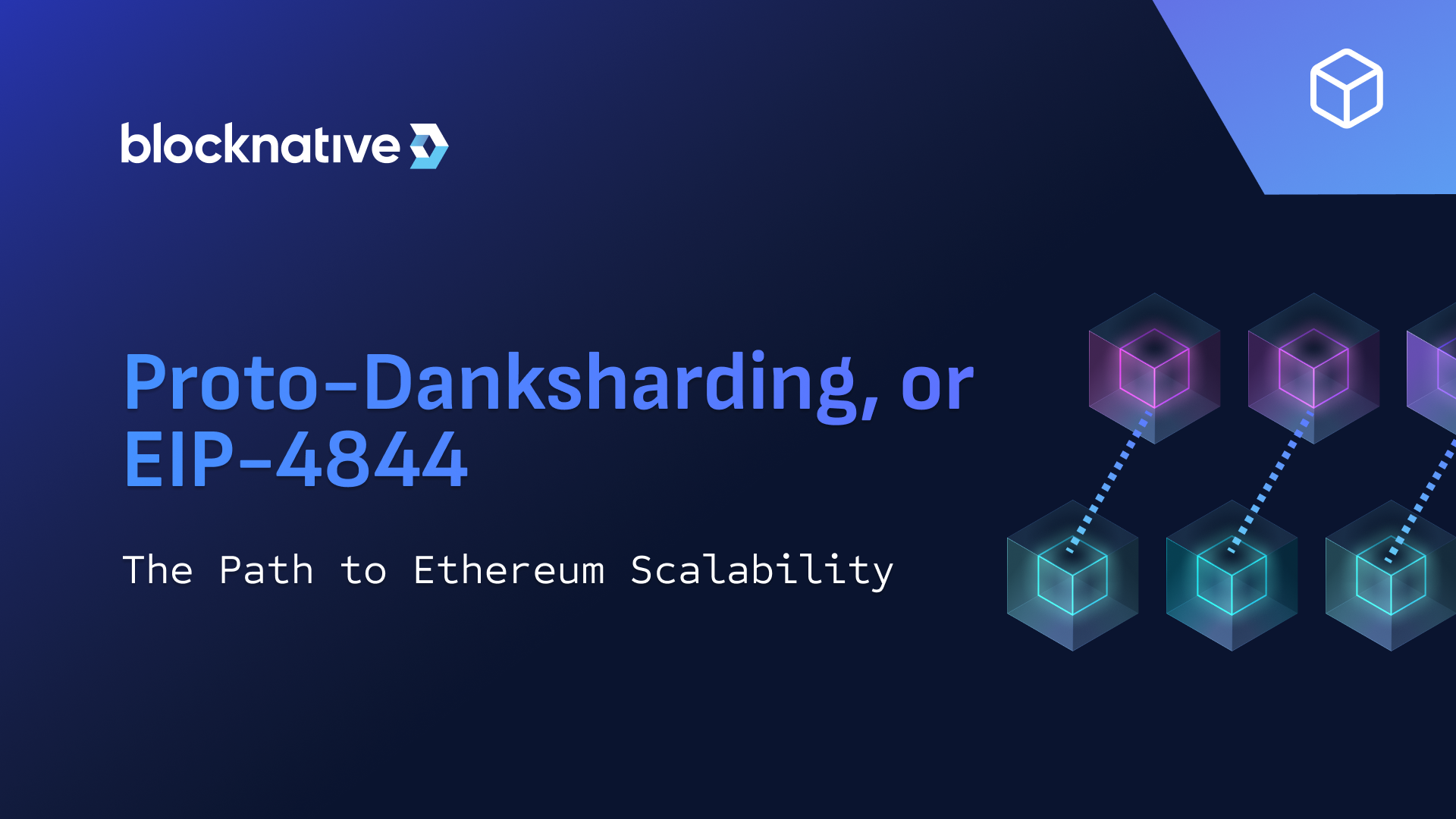
Massive Scalability for DApps and Rollups: Danksharding enables Ethereum to process over 100,000 transactions per second by introducing data blobs, empowering developers to build high-throughput decentralized applications and Layer 2 rollups with minimal congestion.
-
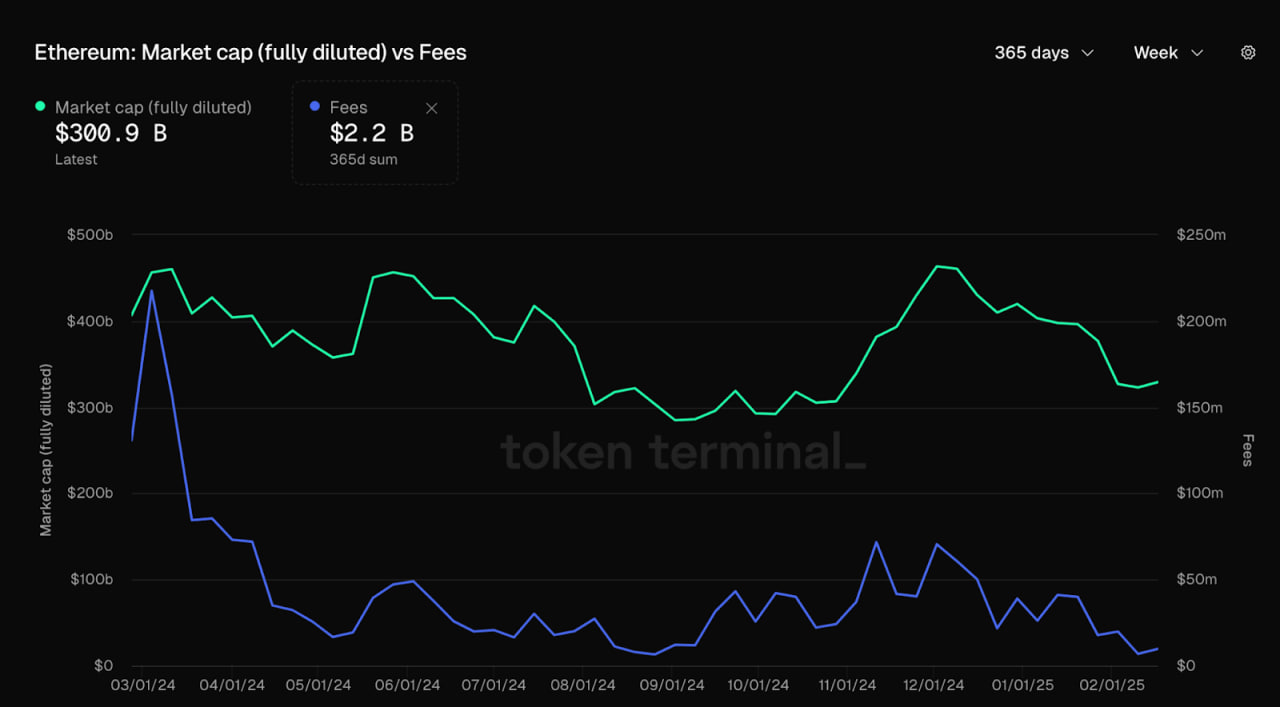
Significantly Lower Gas Fees: By optimizing data storage and throughput, modular data availability slashes gas costs for users and developers. This makes deploying and interacting with smart contracts on Ethereum far more affordable.
-
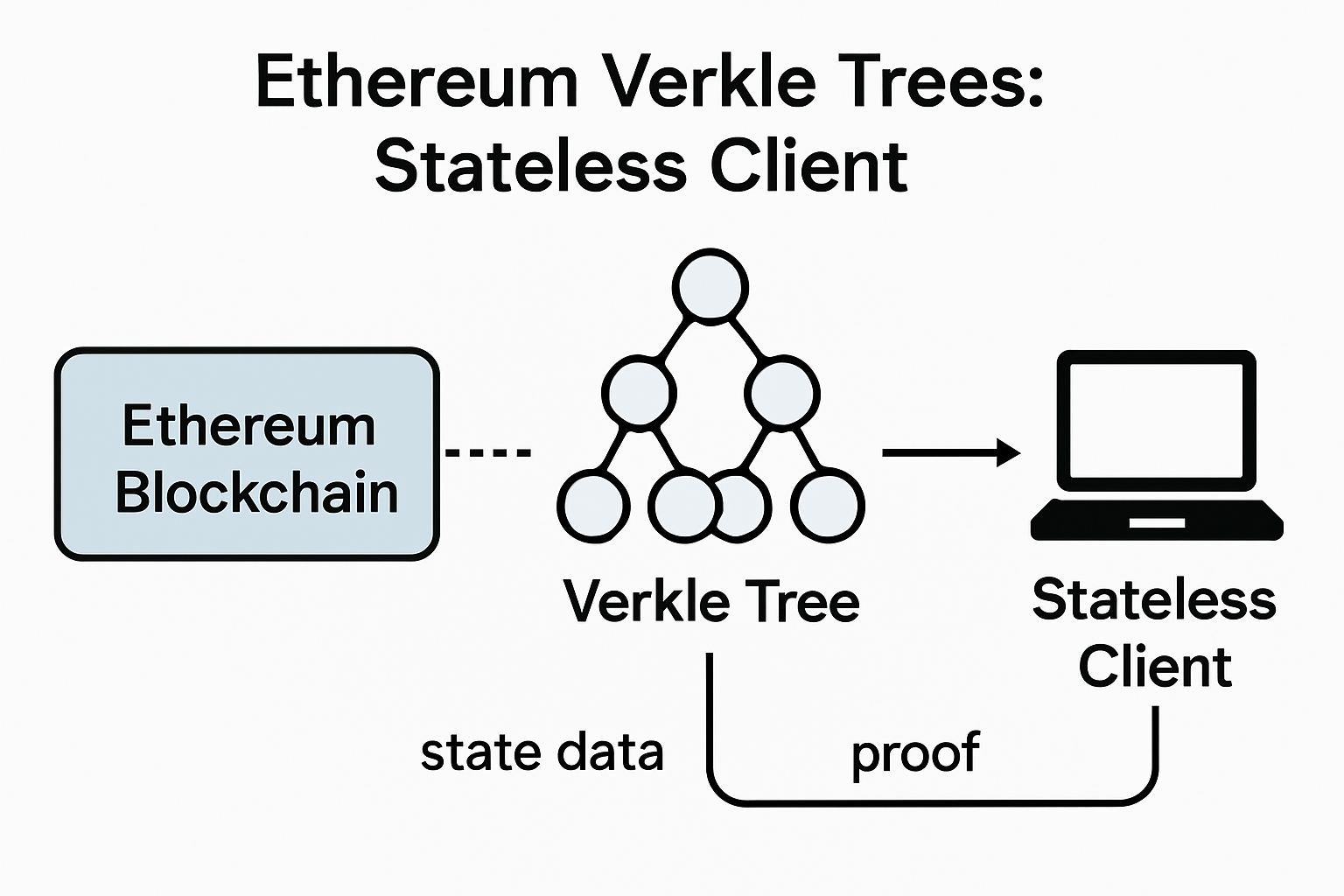
Enhanced Network Decentralization: Verkle Trees reduce the storage burden for nodes by shrinking proof sizes to around 150 bytes. This allows more participants to run lightweight, stateless clients, strengthening Ethereum’s decentralization and security.
-

Improved User Experience: Faster transaction confirmations and lower fees create a smoother, more accessible experience for end users, paving the way for mainstream adoption of Ethereum-based platforms and services.
-
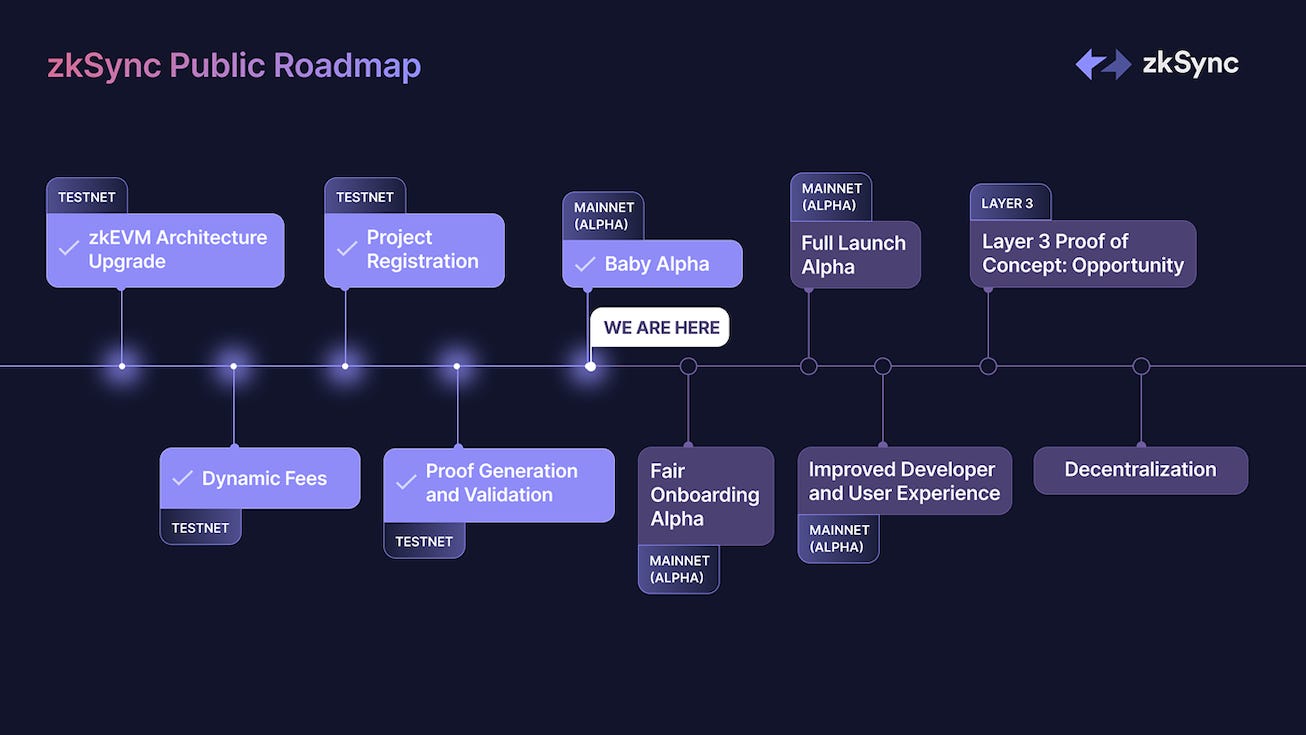
Future-Proof Infrastructure: The modular approach prepares Ethereum for ongoing innovation, allowing seamless integration of new data availability solutions and upgrades as the ecosystem evolves.
Looking Ahead: Ethereum at $4,475.63, What Comes Next?
With Ethereum trading at $4,475.63, market participants are watching closely as these upgrades roll out. While price alone cannot capture the magnitude of what’s unfolding under the hood, it does reflect growing institutional confidence in Ethereum’s future as a settlement and data layer for Web3.
The roadmap ahead is ambitious but clear. By 2026, full Danksharding and Verkle Trees will be live, ushering in an era where billions of users can interact with decentralized applications without friction or exclusion (web3brosnews.com). The implications are profound: not only for Ethereum’s scalability narrative but for the entire blockchain ecosystem seeking to build on secure, permissionless foundations.
“Ethereum is evolving into an internet-scale protocol, not just for finance but for all forms of digital coordination. ”
The next chapter belongs to builders who embrace this modular paradigm. Whether you’re developing rollups, researching DA sampling techniques, or simply curious about where blockchain infrastructure is headed, now is the time to engage with these technologies at their inflection point.

